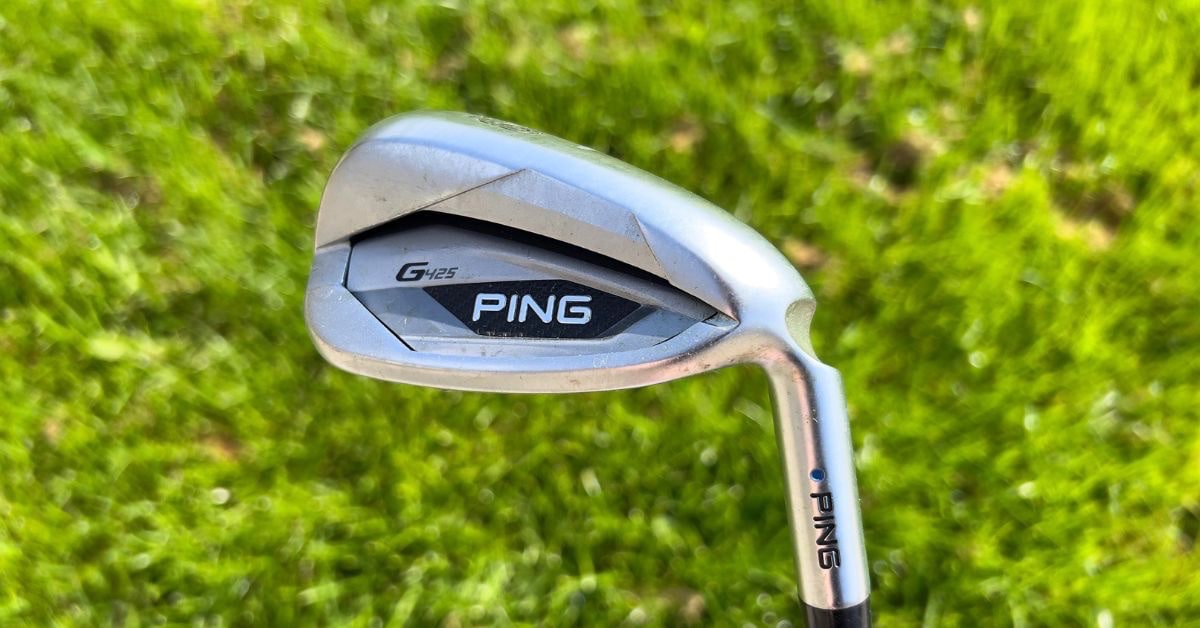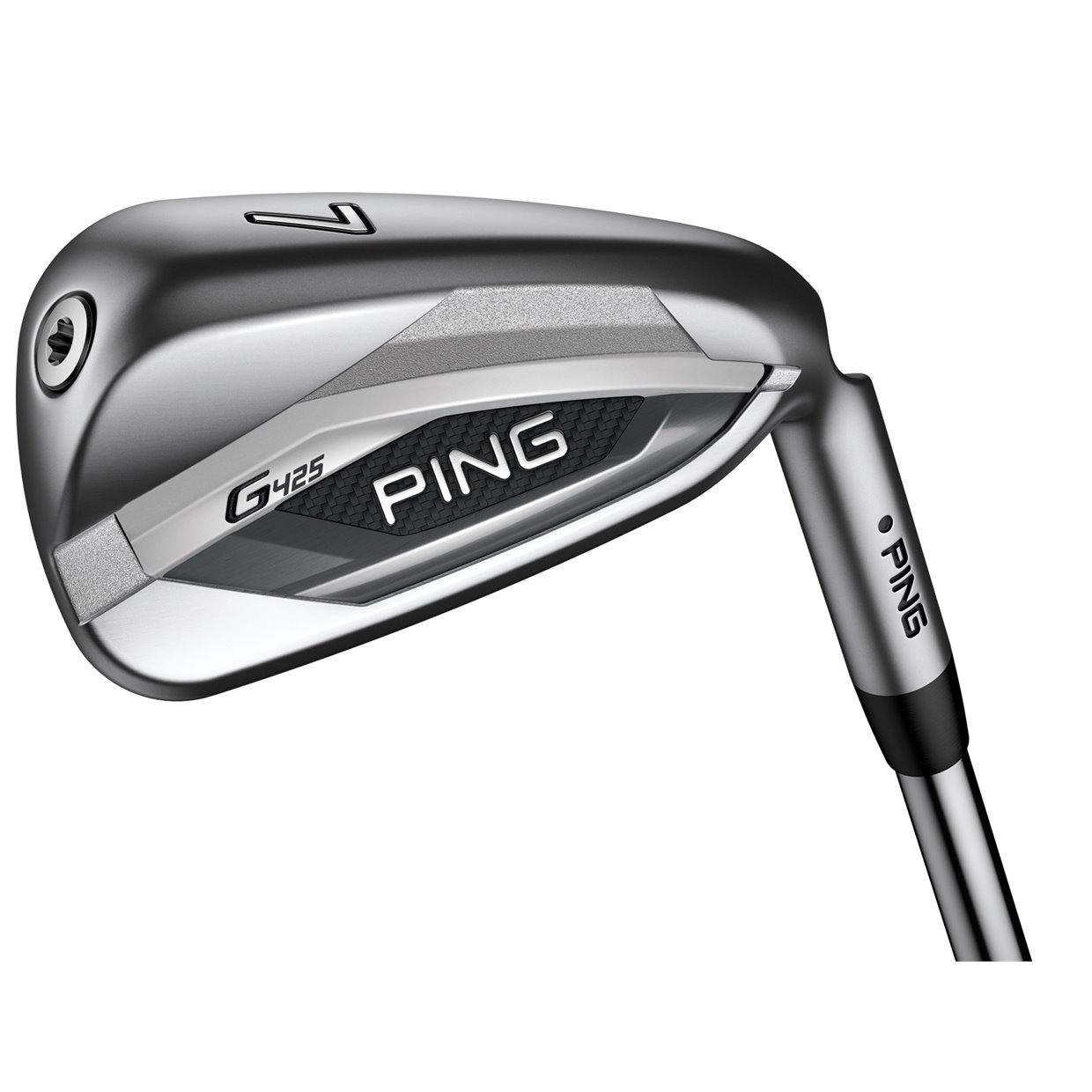When I first got my hands on a set of Ping irons, nothing stood out to me about the design more than the interesting notch in the hosel.
In fact, the “notched hosel” has existed on Ping irons for over 20 years. It first appeared on the i3 irons released in 2000 and has become synonymous with the brand.
In this article, you’ll learn why Ping irons have a notch in the hosel. Despite looking like a striking design element, the feature actually serves a very functional purpose.
Without further hesitation — let’s get into it!
Why Do Ping Irons Have a Notch in the Hosel?
Ping irons have a notch in the hosel to make it easier to alter loft and lie. Historically, hosels on early Ping models would undergo significant stress and break when bent more than 4 degrees a handful of times. The notch provides a focused location, making them easier to adjust.
A 2013 tweet from Ping directly confirms this:
It was notoriously challenging to alter the loft and lie on early versions of Ping irons.
Due to the hardness of the cast iron material, along with the thickness of the hosel for integrity, there was very little scope for adjustment on early models.
In short, the notch was introduced to provide a concentrated location on the hosel to perform loft and lie alterations, without risking damage to the hosel.
With their modern irons, Ping offers various lie angle options ranging from 5 degrees upright to 4 degrees flat. At the same time, there are numerous loft angle variations.
Also, the notched design speeds up the process of achieving these loft and lie angles in the Ping factory — increasing their workflow efficiencies.
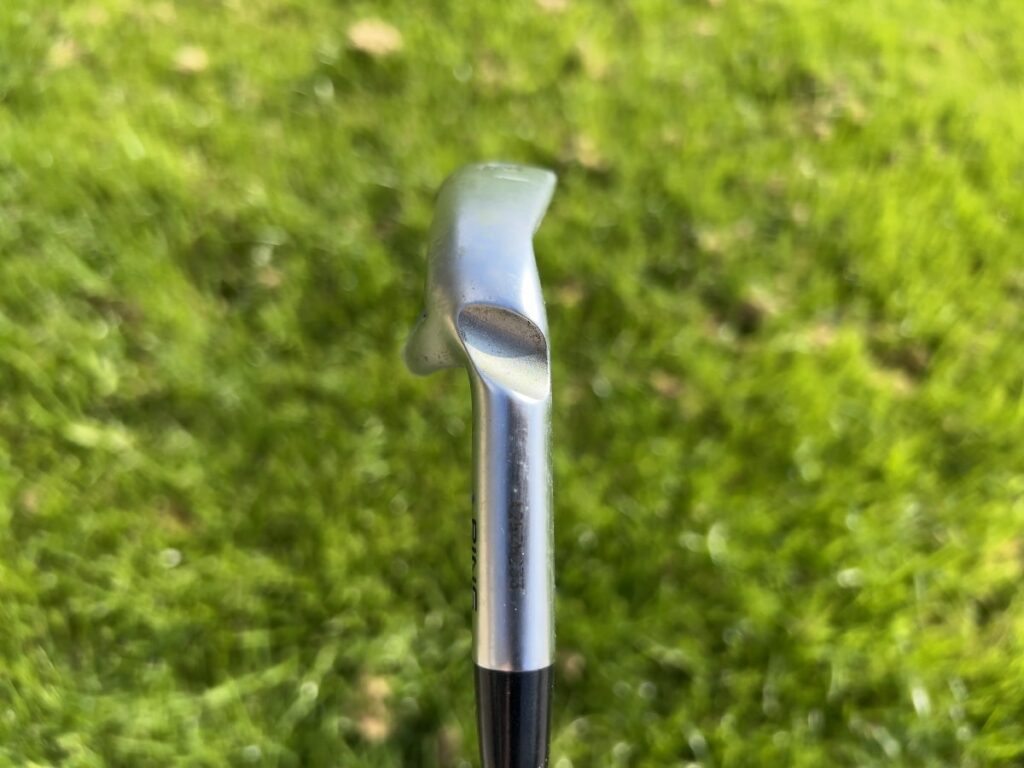
History of the Notched Hosel
Ping first introduced the revolutionary “notched hosel” in 2000, with their i3 irons.
Before 2000, Ping’s club offerings had minimal scope for adjustment. If you attempted to bend the hosel more than a few degrees, several times, there’s a good chance the hosel would break entirely under the stress.
With its notched hosel innovation in 2000, Ping was able to improve the way their irons loft-lie setup was altered — both in a factory setting and further down the line.
Martin Park of GolfMagic reviewed the set upon its release. In the review, he referred to the notch as “an optically pleasing, smooth transition between the hosel and clubhead that can be precisely calibrated for loft and lie.”
The hosel placement is also strategically positioned. With the club behind the ball at address, the notch is completely hidden to avoid any distraction in the setup.
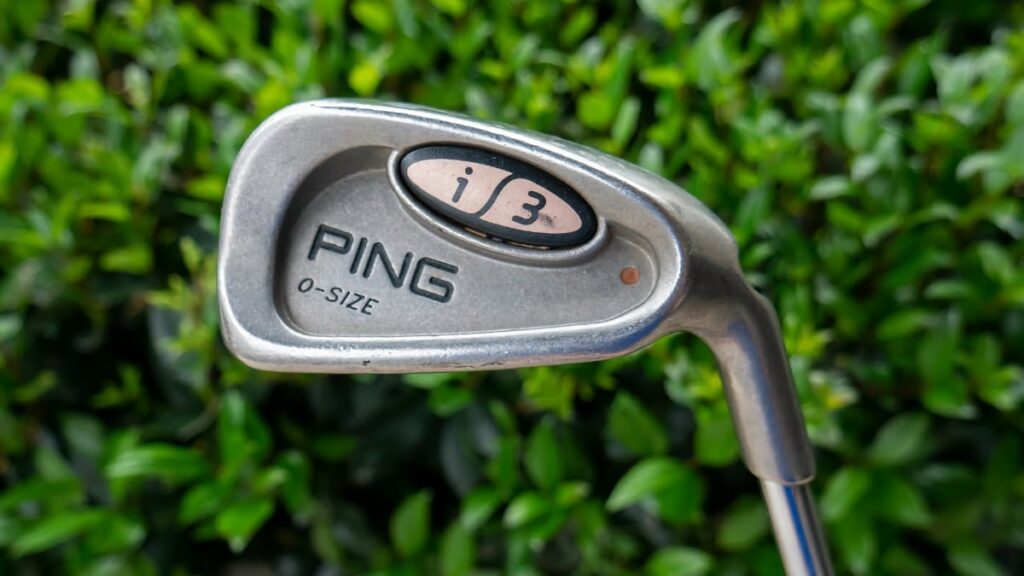
Can Ping Irons Be Bent?
Yes, Ping irons can be bent numerous times to alter the loft and lie angle.
Firstly, the notch in the hosel allows for fine-tuning of the lie angle. Shorter golfers will benefit from flatter lie angles, while taller players need their irons more upright.
Likewise, some golfers feel as though some of their irons go the same distance. In this case, the loft angle can be adjusted to gain or reduce distance.
Most golfers won’t ever need more than a couple of degrees of adjustment. Fortunately, the notched hosel allows you to bend your irons strong or weak several times during the club’s lifespan — without risking permanent damage further down the line.
If you’re looking to get the loft or lie altered on your Ping irons, I highly recommend you speak to a local golf professional. While you can perform changes at home with the right equipment, it’s useful to lean on the experience of a professional club fitter.
Ping G425 Irons
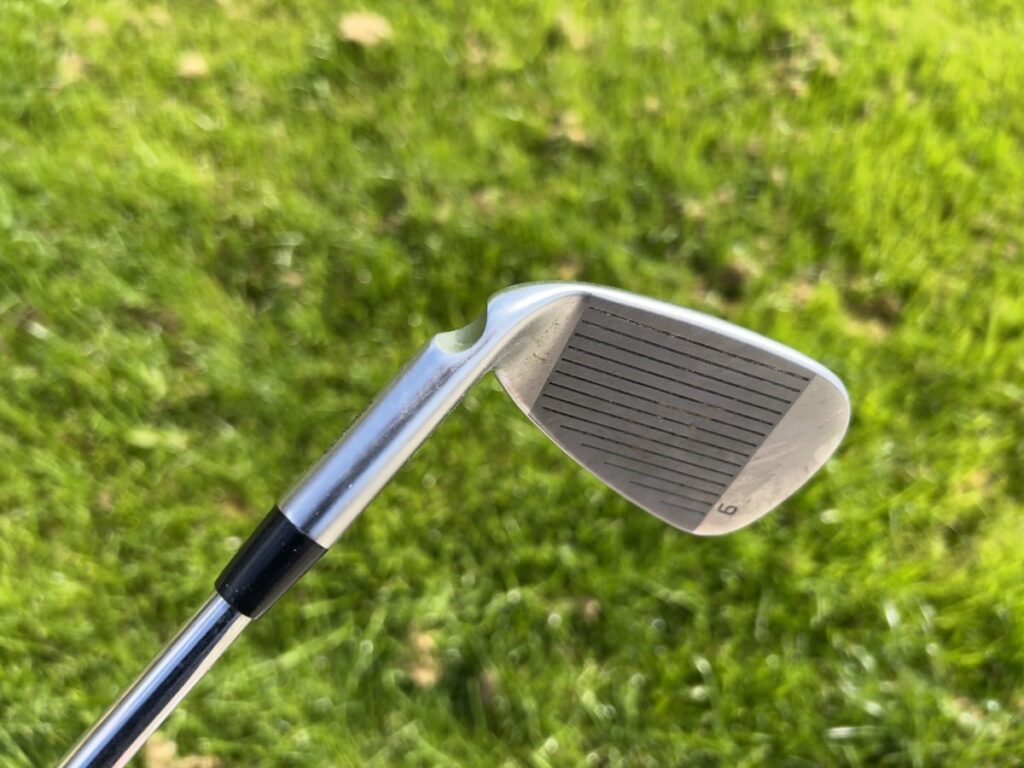
Final Thoughts
In summary, Ping irons have a notch in the hosel to ease the bending process when altering the loft and lie angle. It provides a concentrated thinner location on the hosel, allowing for numerous adjustments during the lifespan of a Ping iron.
By including the notched hosel, Ping can afford to make the rest of the hosel thicker for greater integrity and durability — without compromising adjustability.
At the same time, the notch serves as a visual design quirk that separates Ping irons from the rest. Since its introduction in 2000, the notch has been a staple feature.
Ultimately, I think it’s a great example of visual and functional design! It makes my set of irons distinctly Ping, while allowing for loft and lie tweaks further down the line.

